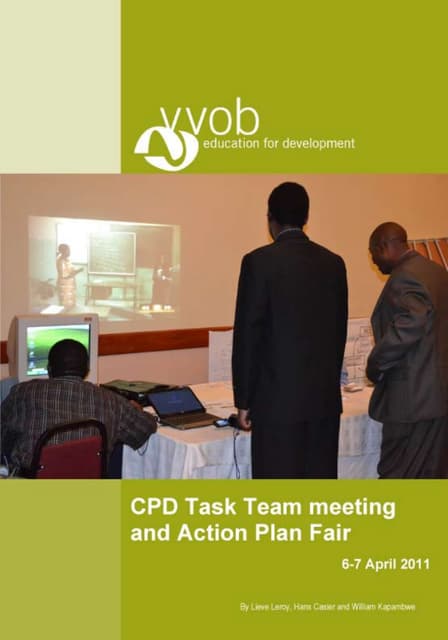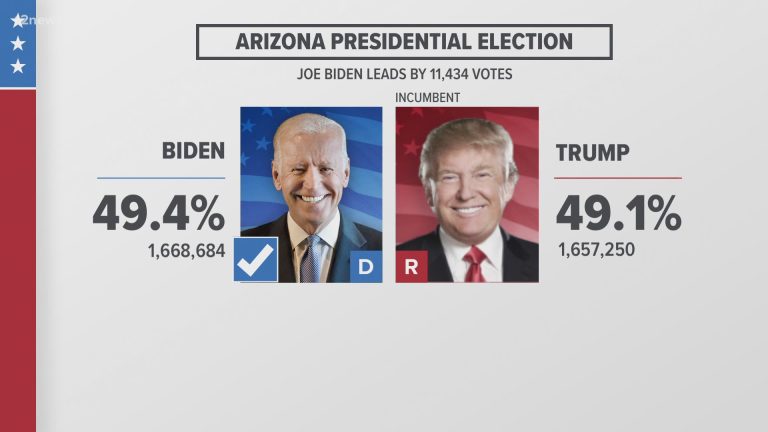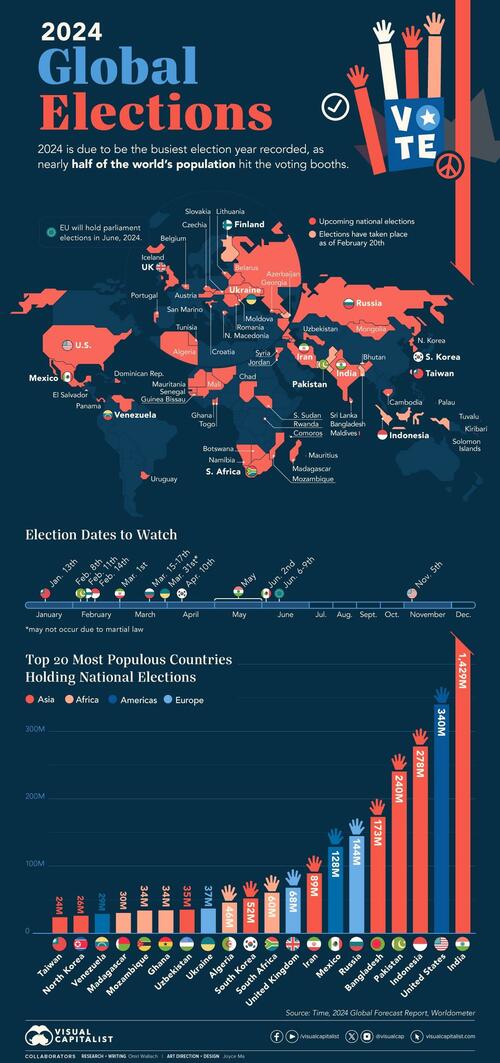

Stop the Steal 2.0: Your Action Plan for Fair Elections
The 2020 election ignited passionate debates about election integrity, leaving many feeling the system needs improvement. While “Stop the Steal” became a controversial rallying cry, the underlying desire for fair and transparent elections resonates widely. This isn’t about partisan politics; it’s about ensuring every citizen’s vote counts and fostering trust in our democratic processes. This article outlines a proactive, multi-faceted approach – “Stop the Steal 2.0” – focusing on concrete actions to achieve fairer elections. Forget the inflammatory rhetoric; let’s focus on practical solutions.
Phase 1: Understanding the Landscape
Before we can fix the system, we need to understand its vulnerabilities. This isn’t about alleging fraud, but identifying areas where improvements can enhance transparency and efficiency.
Key Issues & Solutions:
| Issue | Solution |
|---|---|
| Voter ID Laws | Advocate for standardized, accessible voter ID options, including online verification. |
| Voter Registration | Support automatic voter registration and same-day registration initiatives. |
| Election Equipment | Promote independent audits and rigorous testing of voting machines. |
| Election Administration | Demand increased funding for election offices and staff training. |
| Post-Election Audits | Support mandatory, independent post-election audits using risk-limiting methods. |
Phase 2: Engaging in Constructive Action
This isn’t about protests or conspiracy theories; it’s about responsible civic engagement.
1. Become an Informed Citizen:
- Research: Understand your state’s election laws, voting processes, and the candidates’ stances on election reform.
- Fact-Check: Critically evaluate information from all sources, relying on reputable, non-partisan fact-checking organizations.
- Understand the nuances: Election integrity isn’t a simple issue; it involves complex legal and logistical challenges.
2. Advocate for Policy Changes:
- Contact your representatives: Let your elected officials know your concerns and support for election reform legislation. Email, call, and attend town halls.
- Support election reform organizations: Numerous non-partisan groups work to improve election systems. Donate or volunteer your time.
- Participate in peaceful demonstrations: Organize or join peaceful rallies or protests advocating for election reform.
3. Get Involved in the Process:
- Become a poll worker: Help administer elections firsthand, ensuring smooth and efficient operations.
- Monitor elections: Observe the election process to identify potential irregularities and ensure transparency.
- Run for office: If you believe you can contribute meaningfully to improving election systems, consider running for local or state office.
Phase 3: Building Trust and Transparency
Restoring faith in our elections requires transparency and accountability at every level.
1. Promote Open Data:
- Advocate for the publication of election data in easily accessible, machine-readable formats.
- Support initiatives to make election audits more transparent and easily understandable by the public.
2. Encourage Independent Oversight:
- Support the establishment of independent election commissions free from partisan influence.
- Advocate for stronger penalties for election fraud and abuse.
3. Foster Civic Education:
- Support initiatives to educate citizens about the importance of voting and the election process.
- Promote media literacy to help citizens discern factual information from misinformation.
Conclusion: A Collaborative Effort
“Stop the Steal 2.0” isn’t a slogan; it’s a call to action. It’s about working together – across party lines – to build a more robust, transparent, and trustworthy electoral system. This requires informed engagement, constructive advocacy, and a commitment to building a better future for our democracy. The path to fair elections is paved with informed participation and collaborative effort, not divisive rhetoric and unfounded claims. Let’s work together to make our voices heard and build a system we can all trust.

Additional Information
Stop the Steal 2.0: A Deeper Dive into the Allegations and Their Impact
The phrase “Stop the Steal 2.0” evokes a potent image, conjuring memories of the highly contentious 2020 US election and the subsequent attempts to overturn the results. While the specific content of any “Stop the Steal 2.0” initiative would need to be defined, an analytical examination of the underlying themes reveals potential dangers and vulnerabilities within the American electoral system. This analysis will delve deeper into potential strategies, underlying motivations, and the broader consequences of such movements.
Potential Strategies and Tactics:
A “Stop the Steal 2.0” campaign might employ a multifaceted approach, leveraging lessons learned from the previous iteration:
-
Targeted Legal Challenges: Instead of broad, sweeping lawsuits lacking evidence, future efforts might focus on strategically selecting specific jurisdictions or precincts where irregularities are suspected, even if minor. This allows for localized challenges, potentially exploiting weaknesses in state-level election administration. The success of this would depend heavily on the quality of evidence presented, which was notably lacking in 2020.
-
Legislative Maneuvers: Pressure on state legislatures to enact restrictive voting laws, gerrymandering, and the manipulation of election oversight bodies could be a key tactic. This plays on the long-standing tension between partisan control of state governments and the fairness of the electoral process. For example, the numerous changes to voting laws passed in various states after the 2020 election demonstrate the effectiveness of this strategy.
-
Dissemination of Misinformation: This remains a powerful tool. Instead of relying on a single, easily debunked claim, future campaigns might employ a more sophisticated strategy of disseminating fragmented, seemingly credible pieces of information across various platforms, making it harder to track and refute. The spread of misinformation via social media during the 2020 election highlights the effectiveness of this tactic.
-
Citizen-Led Initiatives: Organizing widespread voter registration drives targeted at specific demographic groups, coupled with efforts to challenge voters’ eligibility, could create significant obstacles for certain demographics while bolstering support for favored candidates. This mirrors tactics employed in various past elections to suppress turnout among specific groups.
Underlying Motivations:
While ostensibly focused on “fair elections,” the motivations behind “Stop the Steal 2.0” are likely complex and multifaceted:
-
Political Power: The core drive is often securing and maintaining political power. Challenges to election results are frequently a response to perceived loss of power, rather than genuine concern about electoral integrity.
-
Erosion of Trust: A significant underlying factor is the eroding public trust in institutions, including the electoral process. This makes the public more susceptible to misinformation and conspiracy theories.
-
Ideological Grievances: Deep-seated ideological disagreements and polarization contribute to the belief that the electoral system is inherently rigged against particular groups or ideologies.
Consequences and Impact:
The potential consequences of a “Stop the Steal 2.0” campaign are far-reaching:
-
Increased Political Instability: Continued challenges to election legitimacy could lead to further political polarization and social unrest, potentially threatening democratic institutions.
-
Damage to Public Trust: Repeated unfounded claims of election fraud erode public faith in the electoral process, even if these claims are ultimately discredited.
-
Suppression of Voter Turnout: The perception of a rigged system may discourage participation in the electoral process, particularly among groups targeted by voter suppression tactics.
-
Undermining Democratic Norms: Attempts to circumvent established legal and democratic processes pose a direct threat to the foundations of American democracy.
Conclusion:
Understanding “Stop the Steal 2.0” requires a move beyond superficial analysis of the rhetoric. A deeper understanding of its potential strategies, the motivations driving it, and its potential consequences is crucial for safeguarding democratic processes and ensuring the integrity of future elections. Robust fact-checking, media literacy initiatives, and strengthening election security measures are crucial tools in mitigating the risks posed by such movements. Finally, addressing the underlying issues of political polarization and declining public trust in institutions is paramount to creating a more resilient and stable democracy.



